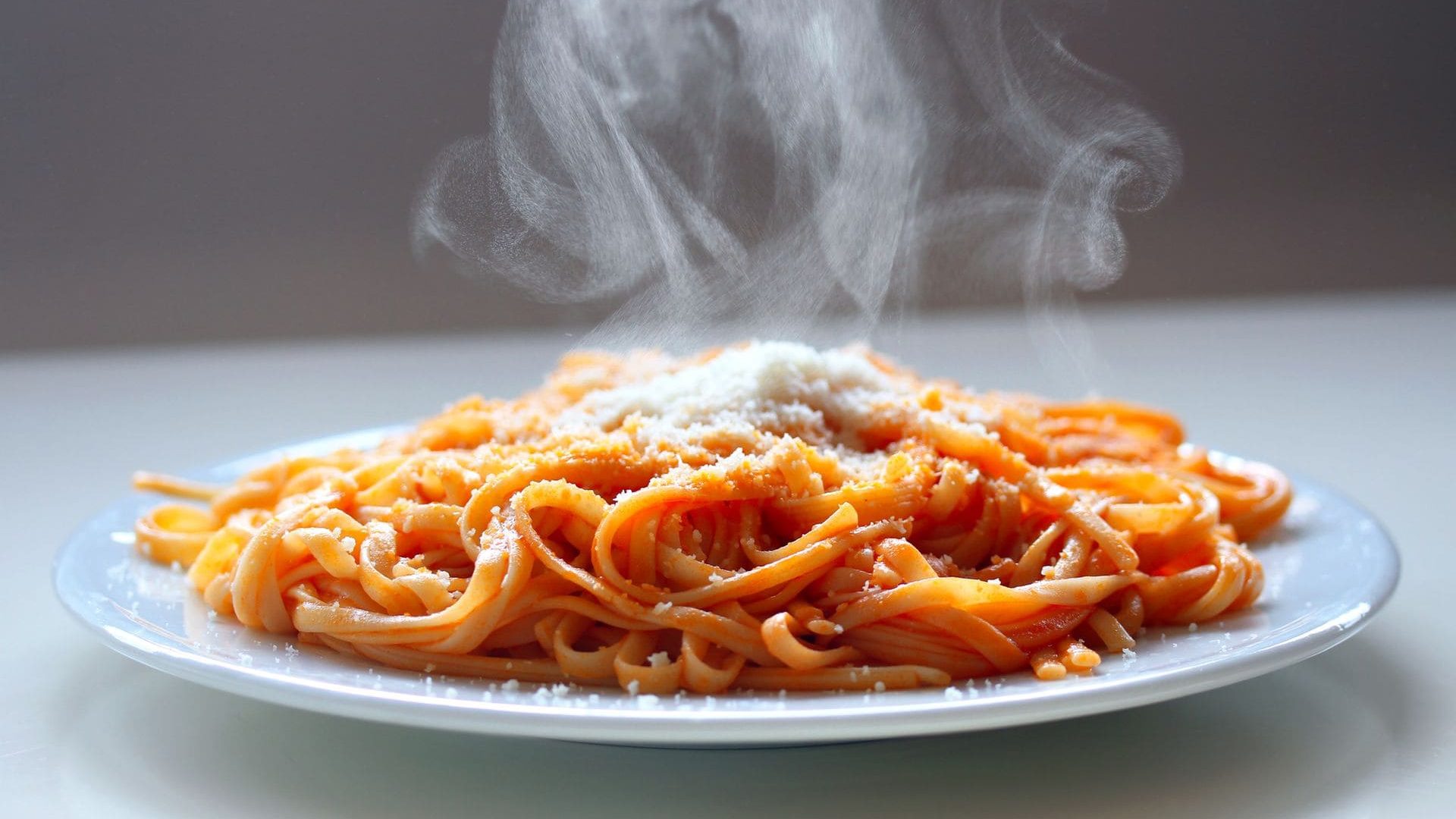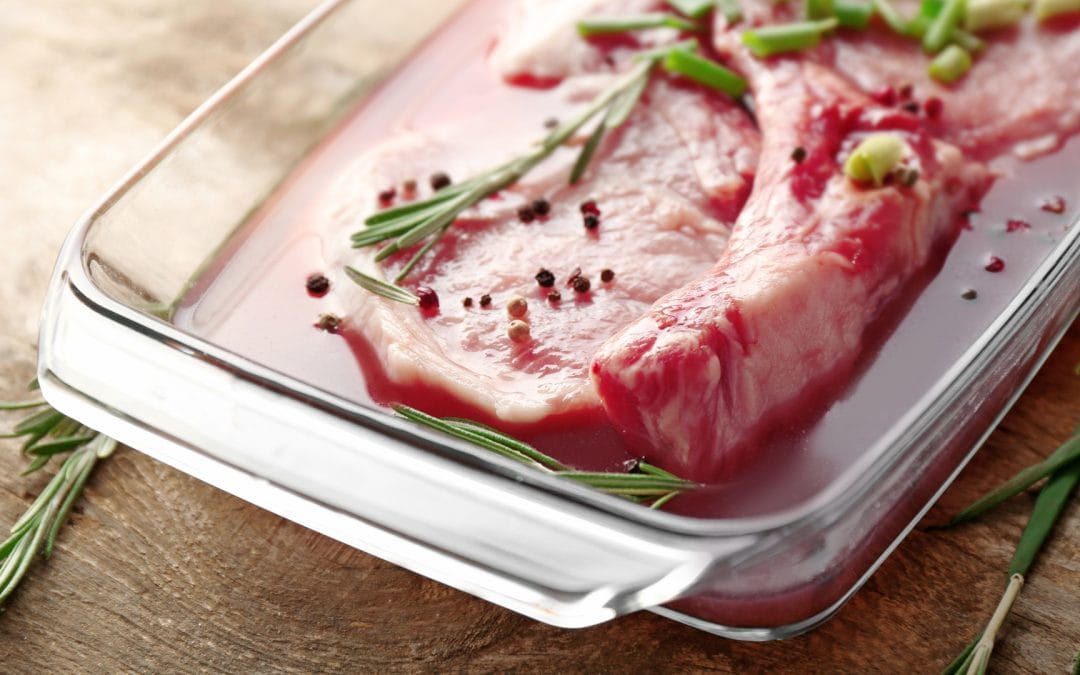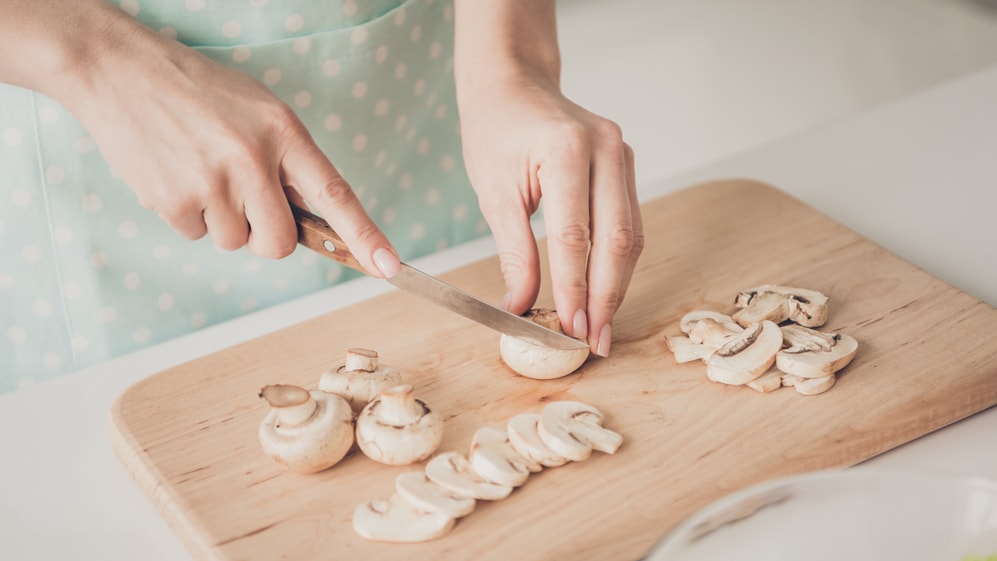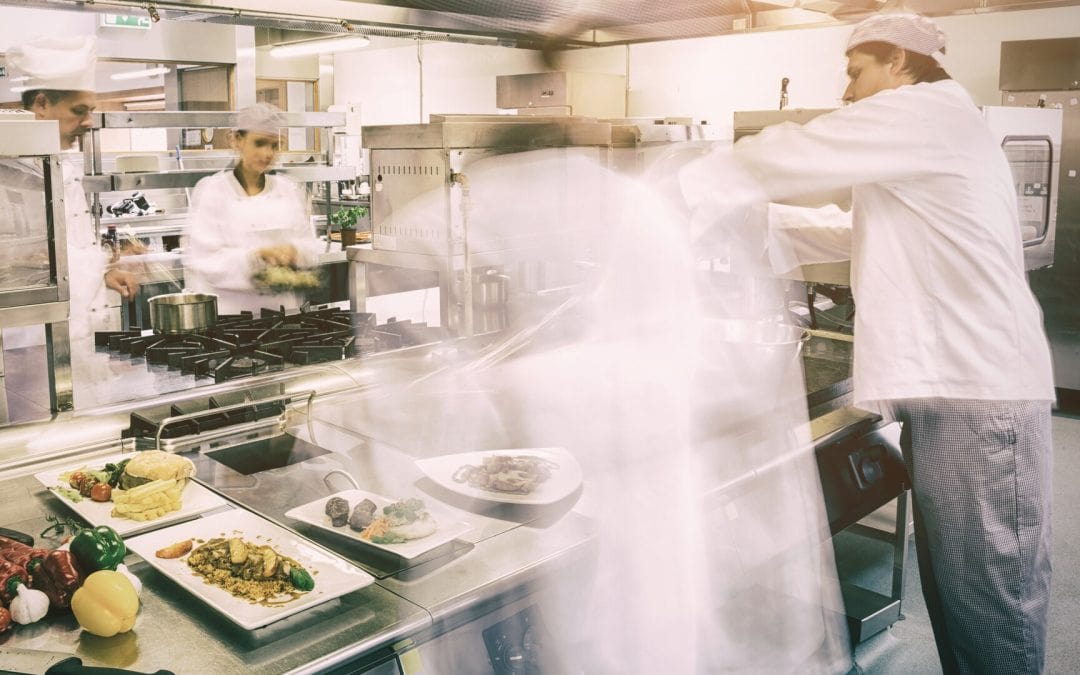Is It Safe to Vacuum Seal Food When It’s Still Hot?
No, it’s not safe to vacuum seal food when it’s still hot for two main reasons:
Firstly, the boiling point of a liquid is much lower in a vacuum, so the hot food could start to boil inside the sealer bag as the vacuum level increases. If you’re using a chamber vacuum sealer, you risk unintentionally boiling off all the liquid in your food and completely ruining the meal you’ve just cooked, not to mention the danger of a boiling liquid inside a plastic sealer bag!
Secondly, when food is hot, it gives off steam. This steam inside a vacuum bag can cause the vacuum seal on the bag to soften and break, which will let in air and moisture before you have a chance to chill or freeze it properly. This will lead to bacteria growth and make the food unsafe to eat.
So What’s the Best Way to Vacuum Seal Hot Food?
Although vacuum sealing food can help keep it fresh for a lot longer, it’s best not to vacuum seal food when it’s still hot. Not only are you creating an environment for bacteria to grow, but you’re also in danger of bursting your vacuum bags!
If you have to do it, though, the best thing you can do is let your food cool down to room temperature first so that it’s then safe to vacuum seal. You’ll need to cool your food down as fast as possible to inhibit bacterial growth.
How to Cool the Food as Fast as Possible before Sealing
The “danger zone” for bacteria growth is 40F – 140F (4C-60C), so in commercial kitchens, you’ll often see chefs using a special ice bath to speed up the cooling process before vacuum sealing.
If you were wondering if you could just put your hot food in the fridge first, then stop! Placing hot food in a refrigerator will increase the fridge’s internal temperature and put all the food in there at risk of heating up enough to increase bacterial growth.
It’s also not recommended to place cooked food that’s been successfully vacuum sealed in the fridge anyway. Vacuum sealing food won’t wholly stop bacterial growth. Many types of food bacteria will continue to grow in the partial vacuum created by a vacuum sealer. So it’s best to put cooked then vacuum-sealed food into the freezer to keep it fresh for long periods.
Sources
Center for Foodborne Illness Research and Prevention – Avoiding the Danger Zone




